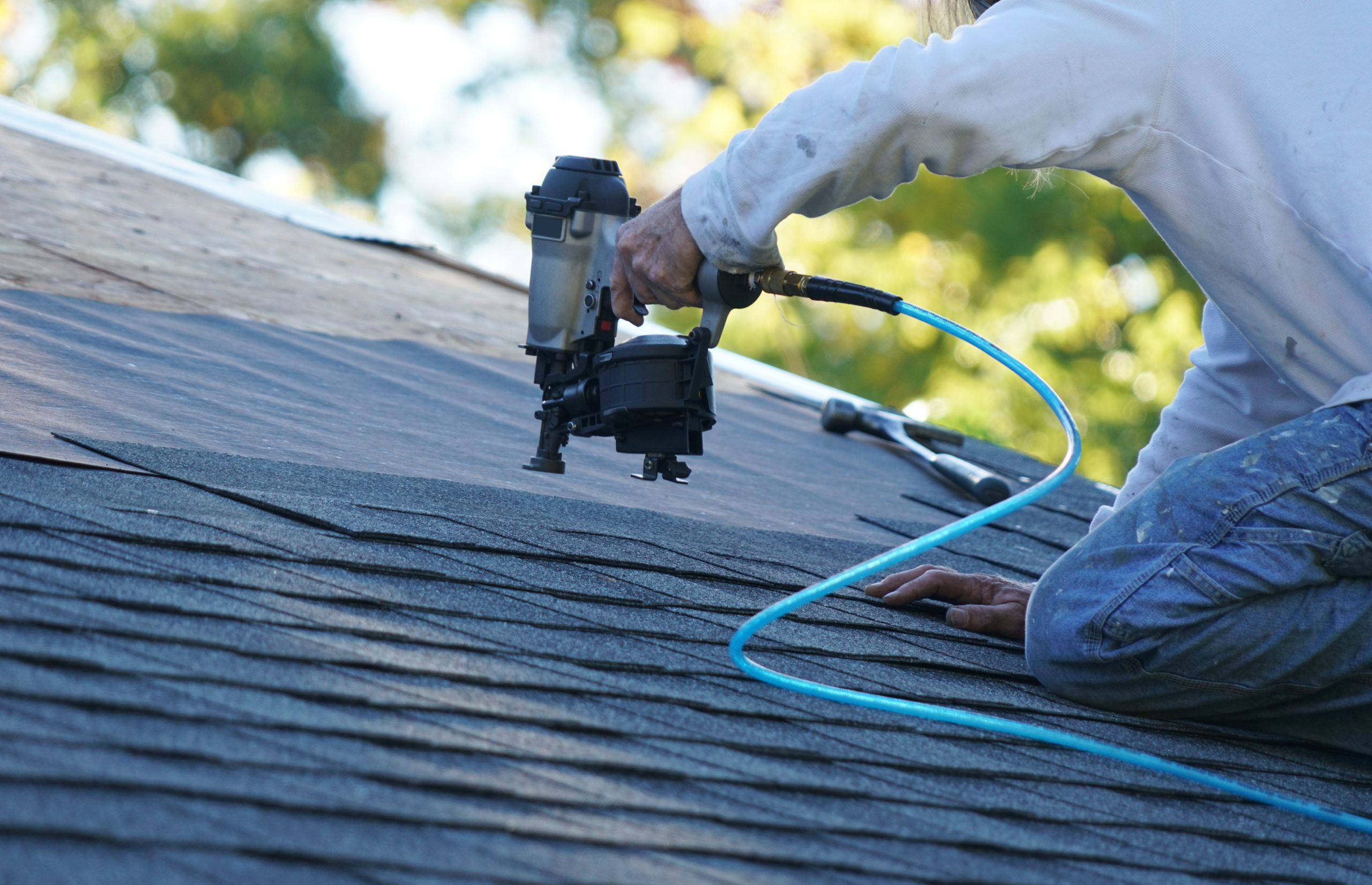
Roof restoration is a crucial aspect of maintaining the structural integrity and aesthetic appeal of your home. Over time, exposure to the elements can cause wear and tear on your roof, leading to issues such as leaks, missing shingles, and mold growth. In this ultimate guide to roof restoration, we will cover everything you need to know to ensure your roof remains in top condition.
The first step in roof restoration is to assess the current state of your roof. This involves inspecting for any signs of damage, such as cracked or missing shingles, water stains on the ceiling, or sagging areas. It is important to address these issues promptly to prevent further damage to your roof and interior of your home. If you are not comfortable with conducting a roof inspection yourself, it is recommended to hire a professional roofing contractor to assess the condition of your roof.
Once you have identified any areas of concern, the next step in roof restoration is to decide on the appropriate course of action. Depending on the extent of the damage, you may need to consider options such as roof repair or roof replacement. Roof repair involves fixing specific issues, such as replacing missing shingles or repairing leaks, while roof replacement involves installing a new roof. The decision between roof repair and roof replacement will depend on factors such as the age of your roof, the extent of the damage, and your budget.
If you decide that roof repair is the best option for your situation, it is important to hire a reputable roofing contractor to complete the work. Make sure to get multiple quotes from different contractors and ask for references to ensure you are hiring a qualified professional. The contractor will conduct the necessary repairs to restore your roof to its original condition, ensuring it is watertight and secure.
In some cases, roof replacement may be the more practical choice, especially if your roof is old or has extensive damage. When replacing your roof, you have a variety of options to choose from, including asphalt shingles, metal roofing, and tile roofing. Each type of roofing material has its own advantages and disadvantages, so it is important to consider factors such as durability, cost, and aesthetics when making your decision.
Regardless of whether you choose roof repair or roof replacement, it is important to prioritize regular roof maintenance to prevent future issues. This includes cleaning your gutters regularly, trimming overhanging tree branches, and inspecting your roof for signs of damage on a regular basis. By taking proactive measures to maintain your roof, you can extend its lifespan and minimize the need for costly repairs in the future.
Another important aspect of roof restoration is ensuring that your roof is properly insulated and ventilated. Proper insulation helps regulate the temperature inside your home and can reduce energy costs, while adequate ventilation helps prevent moisture buildup in your attic. If your roof lacks sufficient insulation or ventilation, consider consulting with a roofing professional to make the necessary improvements.
In conclusion, roof restoration is a critical component of maintaining the longevity and functionality of your roof. By conducting regular inspections, addressing issues promptly, and prioritizing maintenance, you can ensure that your roof remains in top condition for years to come. Whether you opt for roof repair or roof replacement, it is important to hire a qualified roofing contractor to complete the work and to choose high-quality materials that suit your budget and aesthetic preferences. By following the tips outlined in this ultimate guide to roof restoration, you can enjoy a secure and attractive roof that enhances the overall value of your home.
